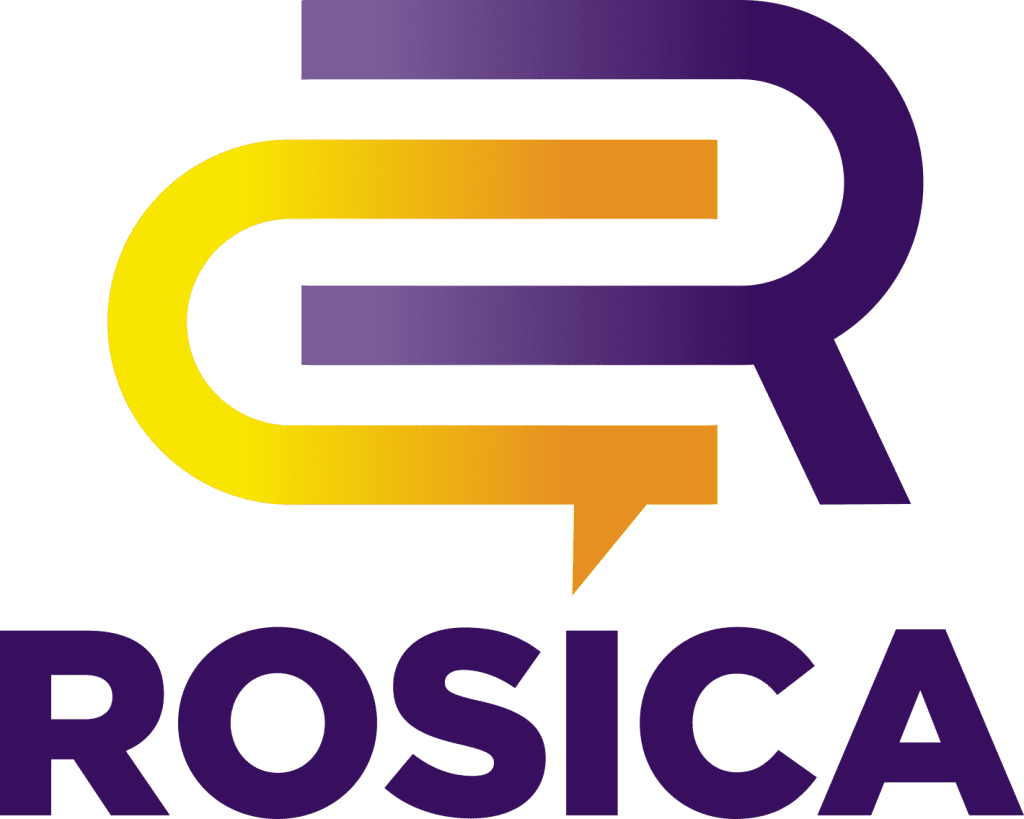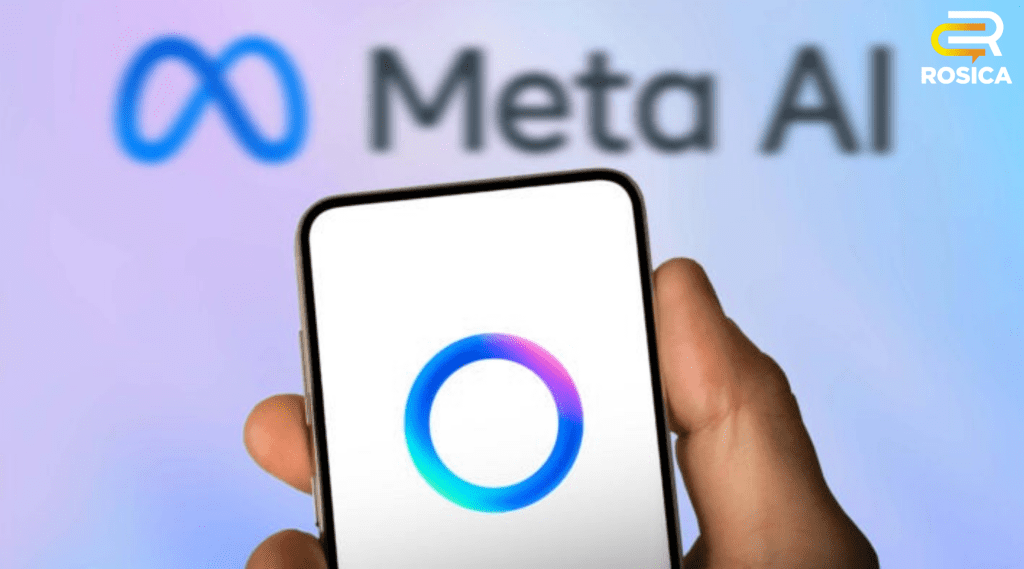Meta recently released new details about Generative Ads Recommendation Model (GEM), its most advanced AI-driven ad targeting model. This system is built to improve accuracy, relevance, and performance across Facebook and Instagram by analyzing large-scale behavioral data to match messages with audiences or stakeholders. Early testing indicates measurable gains. According to Meta, GEM delivers four times stronger ad performance than prior models.
For organizations managing paid social programs, this update marks a shift toward even more targeted ads with less manual ad refinement. GEM is designed to strengthen outcomes across the entire ad funnel and support marketers who need to improve results while working with limited resources. This evolution also signals a broader movement: AI is becoming integral to how digital platforms guide targeting, optimization, and personalization across various ad campaigns.
How Meta’s AI Targeting Has Evolved
Meta’s newest targeting infrastructure is built on a large-scale architecture that processes data like an advanced language model, but with a singular focus on delivering more accurate recommendations for advertisers. Rather than relying on older interest-based or psychographic tactics, GEM evaluates billions of signals tied to behavior, engagement patterns, and content interactions, which helps the AI better understand what stakeholders value.
By positioning GEM as an AI-driven system with clearer reasoning and stronger performance benchmarks, Meta is looking to encourage wider adoption among digital marketers.
This evolution represents a shift toward deepened data-informed personalization at scale. Instead of broad audience definitions or assumptions, GEM identifies patterns that enable organizations to spend more efficiently by reaching stakeholders who are more likely to act.
What’s New in Meta’s GEM Model
Meta reports that GEM delivers “four times stronger ad performance” than previous ad models using similar data and technology. This improvement reflects how AI can increase efficiencies and align content with targeted audiences. Its architecture also enables twice the knowledge sharing across Meta’s broader ad ecosystem, which reduces steps, saving time and potentially money.
GEM is trained across thousands of Graphics Processing Units (GPUs), giving the model the scale needed to personalize delivery at a faster pace and with greater precision. This enhances how campaigns are optimized in real time, particularly for organizations that must balance limited budgets with measurable results. The platform is structured to support full-funnel outcomes. Whether the objective is awareness, engagement, or conversion, the system creates consistency across each stage of the process, helping marketing and PR teams maintain alignment between paid and organic social media campaigns.
Why This Matters Now
Meta is steadily moving toward full automation across ad creation, targeting, and optimization. This shift will benefit marketing and PR professionals managing multiple programs, campaigns, and channels, particularly those that need to improve outcomes without expanding staff. With limited time and resources, AI-supported decision-making enables marketing leaders to improve outcomes and efficiencies.
Organizations that begin testing GEM now will establish stronger benchmarks, refine strategy earlier, and achieve more consistent paid social results over time. As AI becomes standard across digital ad networks and platforms, these learnings will define how well marketing communications teams can adapt.
For companies and nonprofits focused on measurable outcomes and stakeholder engagement, rather than just share-of-voice, this is an important time, which marks the shift to AI-informed ad creation and targeting. Understanding how GEM guides content delivery across platforms is helpful for not only strengthening program performance, but it can also be utilized for proactively protecting reputations (i.e., perception) on social media channels.
As a national PR firm with deep experience in social media management, we know that while major AI updates can feel complex, they often reveal new opportunities for smarter, more efficient stakeholder engagement.
How Mission-Driven Organizations Can Leverage This Update for Ads
Mission-driven organizations often need to reach nuanced stakeholder groups (e.g., donors, volunteers, or community leaders). GEM strengthens this process by improving accuracy and ensuring ads are delivered to individuals who are most likely to engage with their work or take meaningful actions.
Because the system reduces wasted ad spend, nonprofits and purpose-driven organizations can run more efficient paid social campaigns, even with modest budgets. This update is especially useful for promoting fundraising initiatives, educational resources, events, and mission-aligned storytelling that requires precise stakeholder targeting. Stronger targeting supports measurable outcomes. When communications reach the right people at the right time, organizations can improve engagement rates, generate better results from paid social, and reinforce their broader communications goals.
As a national digital PR and thought leadership agency, Rosica Communications informs and helps organizations use tools like GEM to strengthen stakeholder engagement, improve paid social outcomes, and support thought leadership initiatives across various social platforms.
What This Means for Marketers and PR Programs
GEM’s advancements strengthen the results of both paid and organic efforts. By improving how ads are matched to stakeholder needs and behaviors, the system supports more efficient budget use and clearer return on investment.
Advertisers using Meta’s AI-driven tools, including Advantage+, are already seeing better outcomes across reach, engagement, and conversion metrics. These advancements also help PR teams reinforce core messages, amplify thought leadership content, and ensure that expert-driven storytelling reaches audiences who are most likely to respond.
Conclusion
Meta’s continued investment in AI models like GEM represents a major shift in how paid social media can be targeted and optimized. For organizations focused on credibility, outcomes and stronger stakeholder engagement, understanding these developments is no longer optional. Early adopters will gain a strategic advantage by refining their approach now and building benchmarks that guide future decision-making as AI becomes standard across all digital marketing platforms.
As a national digital PR agency, Rosica Communications helps leaders adapt to these changes through strategic programs that enhance stakeholder alignment and generate meaningful results across paid and organic social.
About Rosica Communications
Rosica Communications is a national public relations and social media agency that helps organizations strategically optimize their digital presence. We integrate SEO principles into content development, elevate thought leadership, and drive measurable results across earned and owned media channels.
To measure the success of our clients’ PR and thought leadership initiatives, Rosica invented the Thought Leadership Measurement Matrix™—a tool that analyzes more than 20 performance indicators, helping organizations benchmark visibility, assess impact, and optimize ongoing communications efforts.
To learn more, schedule a call with Chris Rosica, CEO and President of Rosica Communications: https://calendly.com/rosica/30min.

